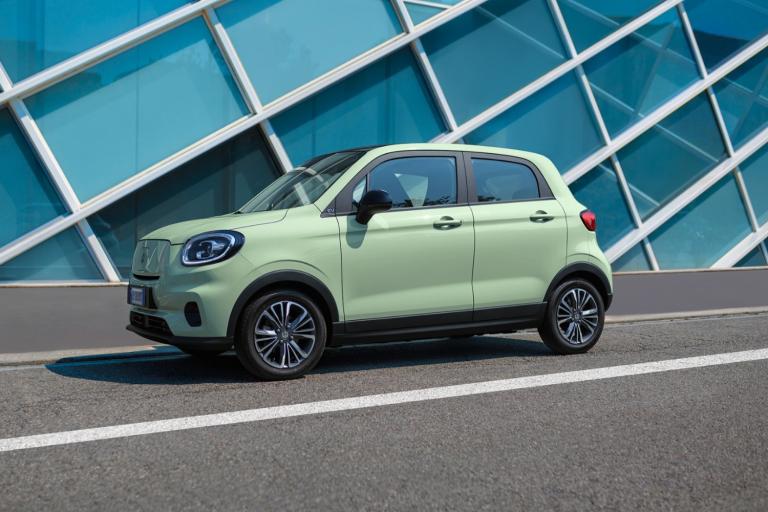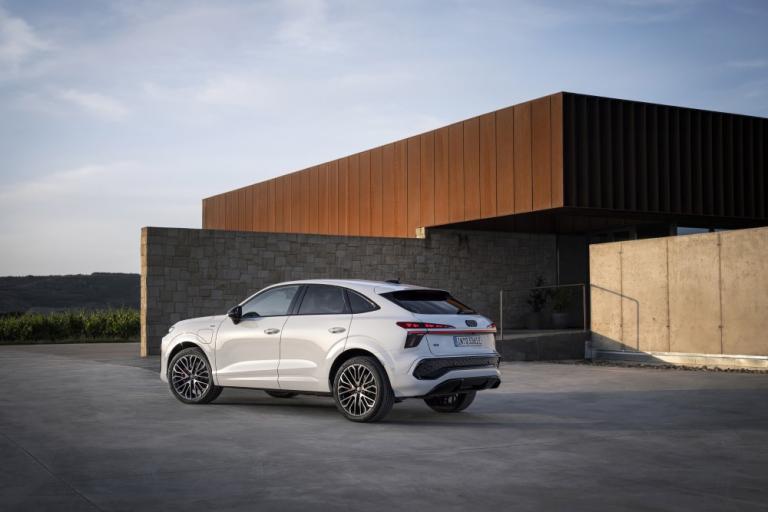Auto advice: Car seats for kids — everything you need to know
Published on 23 April, 2023
Overview
What are the laws on child car seats? It is a legal requirement to have a car seat for all children under 150cm in height or below 36kg in weight. While this generally means your child will need to be in a car seat until they are around 12 years old, the determining factor when choosing a car seat is the height and weight of your child, not the age. It’s not only children 12 and under that you are also responsible for, drivers have a legal responsibility to ensure all passengers under 17 are appropriately restrained in the vehicle. It’s also illegal to put a rearward-facing child seat in the front passenger seat if the seat has an active airbag — if the airbag were to deploy it could cause serious injury, or even death, in the event of a collision. Children should always travel in the back of the car, away from active airbags and the dashboard. What key features should I look for when purchasing a child car seat? The latest safety advice suggests it’s best to keep your child in a rearward-facing seat for as long as possible. Many years of research and collision tests by the VTI, the Swedish Road and Transport Research Institute, have shown that rear-facing child car seats are by far the safest. When children are involved in front collisions, the most powerful collisions we are likely to be involved in, a rear-facing child seat reduces the risk of injury by around 85pc, compared to 50pc in a forward-facing seat. When buying a child car seat make sure to look for the ‘E’ mark.
What about installing a car seat?
The key to safety is fitting the seat properly. According to the Road Safety Authority (RSA) as many as four in five child car seats are incorrectly fitted. This can lead to serious injury or even death in a collision. When you purchase the car seat, get a trained member of staff to fit it into your car. Make sure to check the fit of the child car seat regularly. Before you set off on a journey, always ensure your child is comfortably and securely strapped and that the seat’s harness or the seat belt is adjusted correctly.
Top Tip: With the current cost-of-living crisis, you may be tempted to consider a used car seat but this is never a good idea as damage from wear and tear may not be visible, plus any involvement in a crash may have weakened the seat.
Got a question? Email [email protected]
Auto advice: what should I do if I’m involved in an accident with an uninsured driver?
Auto advice: The Euro NCAP explained — and how does your car rate for safety?
Auto advice: The Euro NCAP explained — and how does your car rate for safety?
Latest Reviews

Leapmotor T03 EV launches in Ireland this October from €18,950 with 265km range

All-New Audi Q3: Sporty, Smart & Built for Everyday Life

Peugeot E-408 lands in Ireland: 453km electric fastback from €38,995